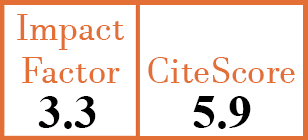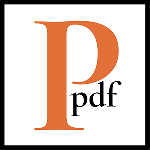Review
Research trends and hotspots on gut microbiota in rheumatoid arthritis: a bibliometric analysis from 2004 to 2024
Z. Zheng1, X. Liu2, Y. Zhang3, H. Zhang4, S. Chen5, J. Zhu6
- The First School of Clinical Medicine, Southern Medical University, Guangzhou, China.
- The First School of Clinical Medicine, Southern Medical University, Guangzhou, China.
- The First School of Clinical Medicine, Southern Medical University, Guangzhou, China.
- Department of Burns, Nanfang Hospital, Southern Medical University, Guangzhou, China.
- Department of Rheumatology and Immunology, Nanfang Hospital, Southern Medical University, Guangzhou, China. shixian@smu.edu.cn
- Department of Rheumatology and Immunology, Nanfang Hospital, Southern Medical University, Guangzhou, China. jqzhujq@yeah.net
CER18721
Review
PMID: 40492462 [PubMed]
Received: 15/03/2025
Accepted : 19/05/2025
In Press: 05/06/2025
Abstract
OBJECTIVES:
Rheumatoid arthritis (RA) is an autoimmune condition linked to alterations in the gut microbiota. This study aims to conduct a comprehensive analysis of the literature on gut microbiota and RA over the past 21 years through bibliometric methods, thereby identifying emerging trends and hotspots, and providing insights for the precision treatment of RA.
METHODS:
The authors analysed articles on gut microbiota in RA published from 2004 to 2024 based on the Web of Science Core Collection database. Bibliometric methods employed tools such as CiteSpace, VOSviewer, and COOC to conduct visual analyses of countries, institutions, references, and keywords.
RESULTS:
1,267 articles from 80 countries led by China and the United States were included. A notable increase in annual publications reflects the growing interest in this field. Simultaneously, contributions and cooperation of institutions in the field are discussed. Furthermore, co-citation and keyword analysis revealed four research hotspots: 1. specific gut microbiota like Prevotella copri modulating immune responses in RA; 2. dietary interventions regulating gut microbiota as therapeutic approaches for RA; 3. high-throughput sequencing technologies enabling microbiome analysis for diagnostic RA; and 4. probiotics and plant-derived bioactive compounds serving as promising adjunctive therapies for RA management.
CONCLUSIONS:
The relationship between RA and gut microbiota has been extensively studied. The hotspot of future research may be to further study the pathological mechanism of gut microbiota in RA and how to improve the symptoms of RA patients through dietary therapy and adjustment of the homeostasis of gut microbiota.


